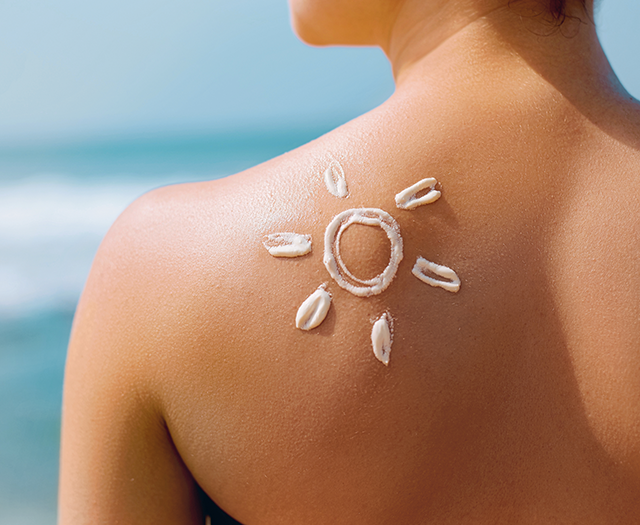Photoaging: need-to-know facts
Here comes the sun
Attitudes to having tanned skin have changed over the decades. In the pre-industrial age, darker, sun-tanned skin was associated with outdoor manual workers and pale skin was seen as a mark of beauty, social standing, and wealth. Tanning seemed to have been trendy in the late 1920’s partly due to the fashion icon Coco Chanel who returned from a cruise not only sporting her trademark minimalist style but also a sun-kissed skin.
By the 1960’s having a suntan was as prized as pale skin used to be and a whole pro-tanning industry developed around it, including tanning beds and fake tan products. However, since the 2000’s, there is more awareness of the dangers of over-exposure to the sun in terms of photoaging and the risk of cancer.
Photoaging, an accelerator for chronological ageing
On sun-exposed skin, up to 90% of aging is due to the sun’s harsh effects.1 Photoaging is damage caused to the skin through exposure to UV radiation, altering normal skin structures. Sunlight has two kinds of UV rays: UVA and UVB. UVB rays affect the epidermis or outer layer of the skin, damaging DNA and leading to sun burn. The deeper-penetrating UVA rays also harm epidermal cells but can affect collagen and elastin levels deep in the dermis, essential proteins and fibers that support the skin’s structure and give it a toned, youthful look. Visible signs of photoaging include wrinkles, sagging skin, uneven skin tone, pigmentation changes, age spots and spider veins….
People who have fair skin that burns easily or who spend a lot of time outdoors (for work or recreation) will be more vulnerable to photoaging. Preventative measures, like wearing a high SFP broad-spectrum sunscreen (which works against both UVA and UVB rays) or protective clothing, favoring the shade, and avoiding exposure at peak hours are all recommended. There are even some concerns that light emitted from devices like phones, tablets and computers (HEV and infrared) may be affecting collagen and skin elasticity. For patients who spend a lot of time in front of a screen, this should perhaps be considered an additional factor when formulating a skin-protective regimen.2
Visualize the damage and increase awareness
The type and extent of photoaging is unpredictable and depends on the individual. However, having the ability to see beyond the surface of the skin and reveal the extent of the damage is highly valuable to professionals when determining what steps to take to help repair, protect, and educate patients. LifeViz® 3D imaging systems, which include a skincare module, allow practitioners to visualize and demonstrate the effects of photoaging. Pigmentation mapping, wrinkle analysis and skin texture all help to build up an accurate picture. Being able to visualize wrinkles in 3D and have comparative skincare scores for patients, practitioners can help patients to understand more about the effects of photoaging on their skin. With this wealth of valuable information, they can then recommend a tailored treatment regimen and monitor patient progress.
By helping to increase awareness about the damaging effects of photoaging, Quantificare once again puts the focus firmly on the health and welfare of patients.
1. https://dermatology.ca/public-patients/skin/photoaging/
2. Photodermatology, Photoimmunity & Photomedicine, 2014 Study, https://www.skincancer.org/blog/photoaging-what-you-need-to-know/

